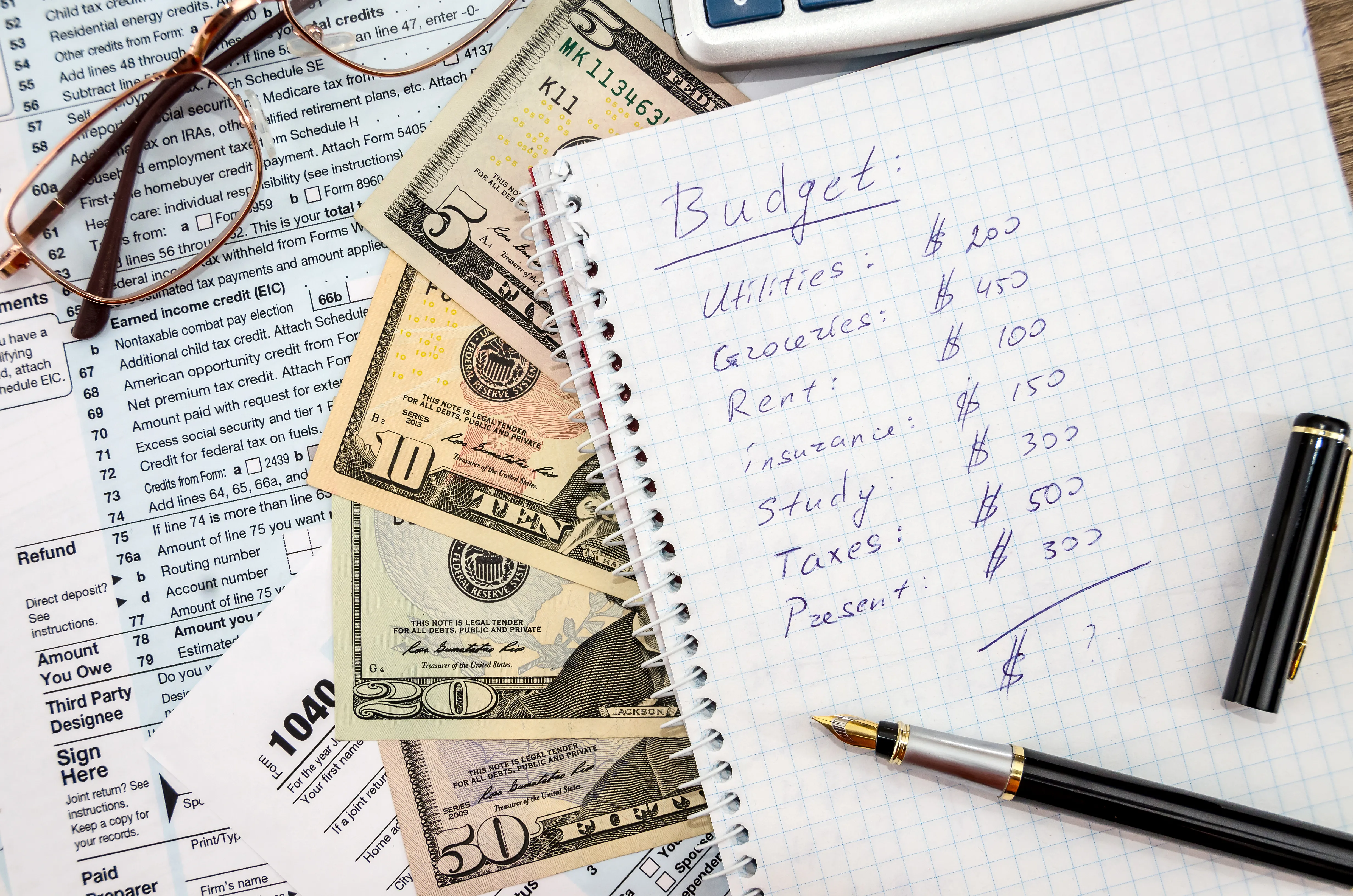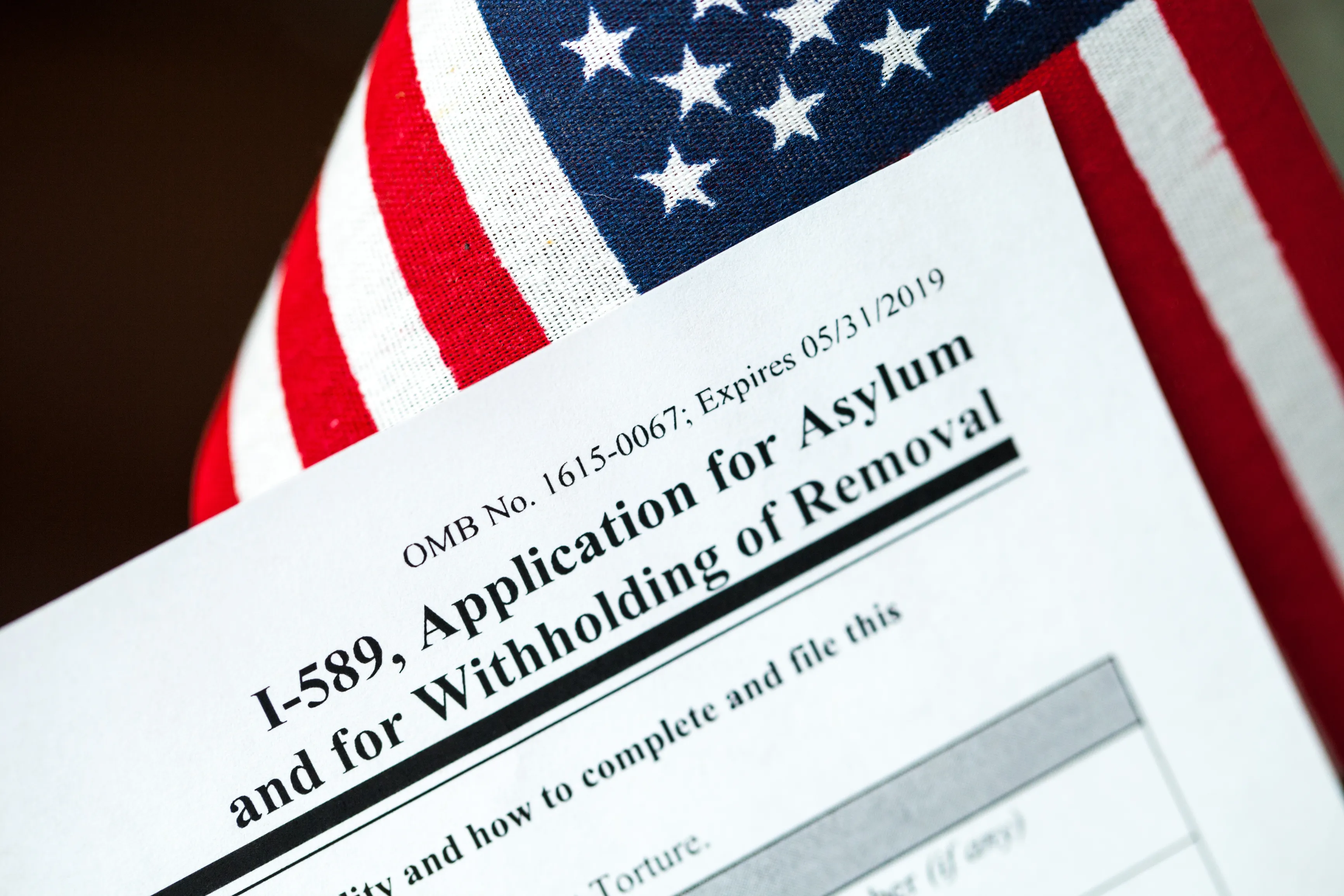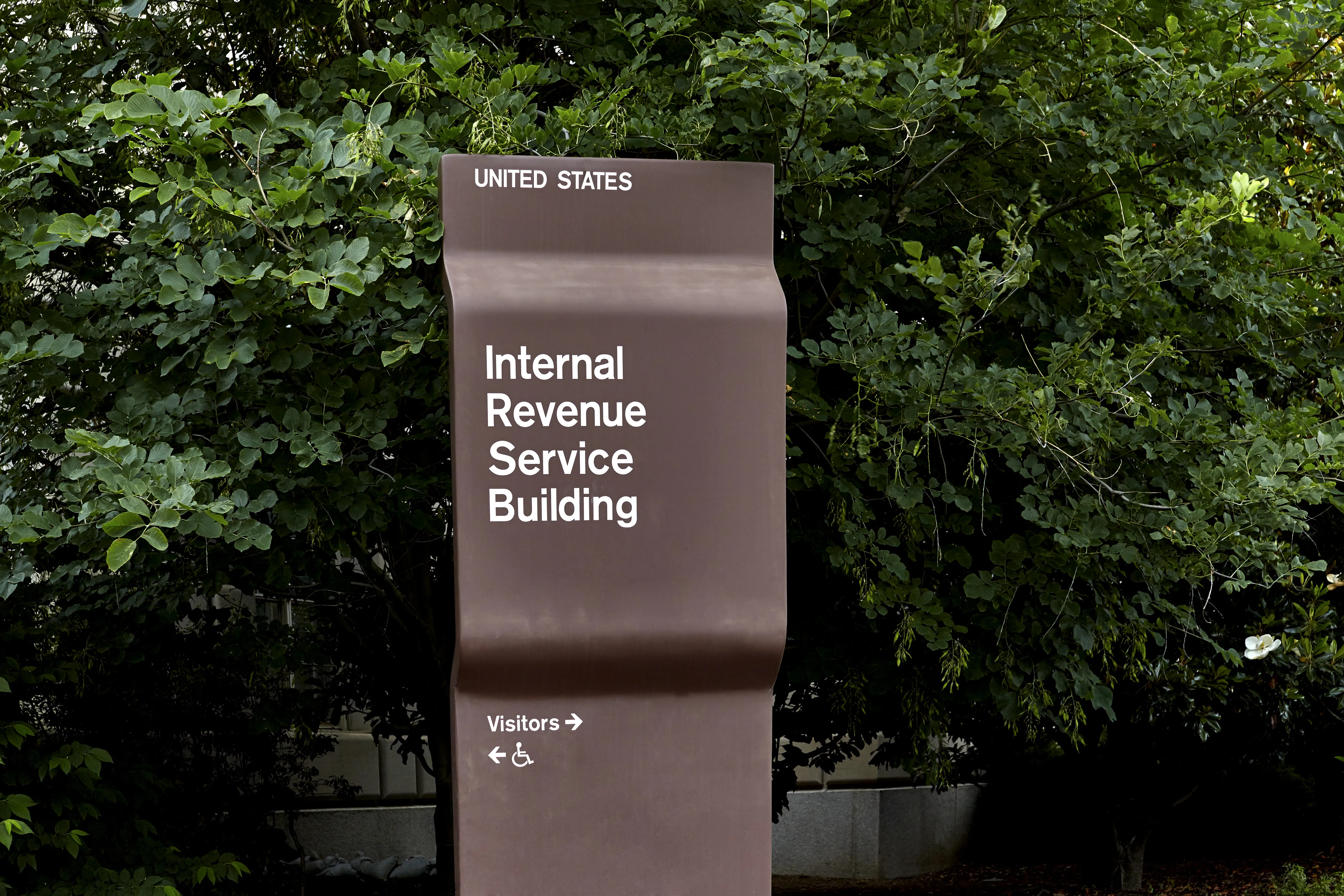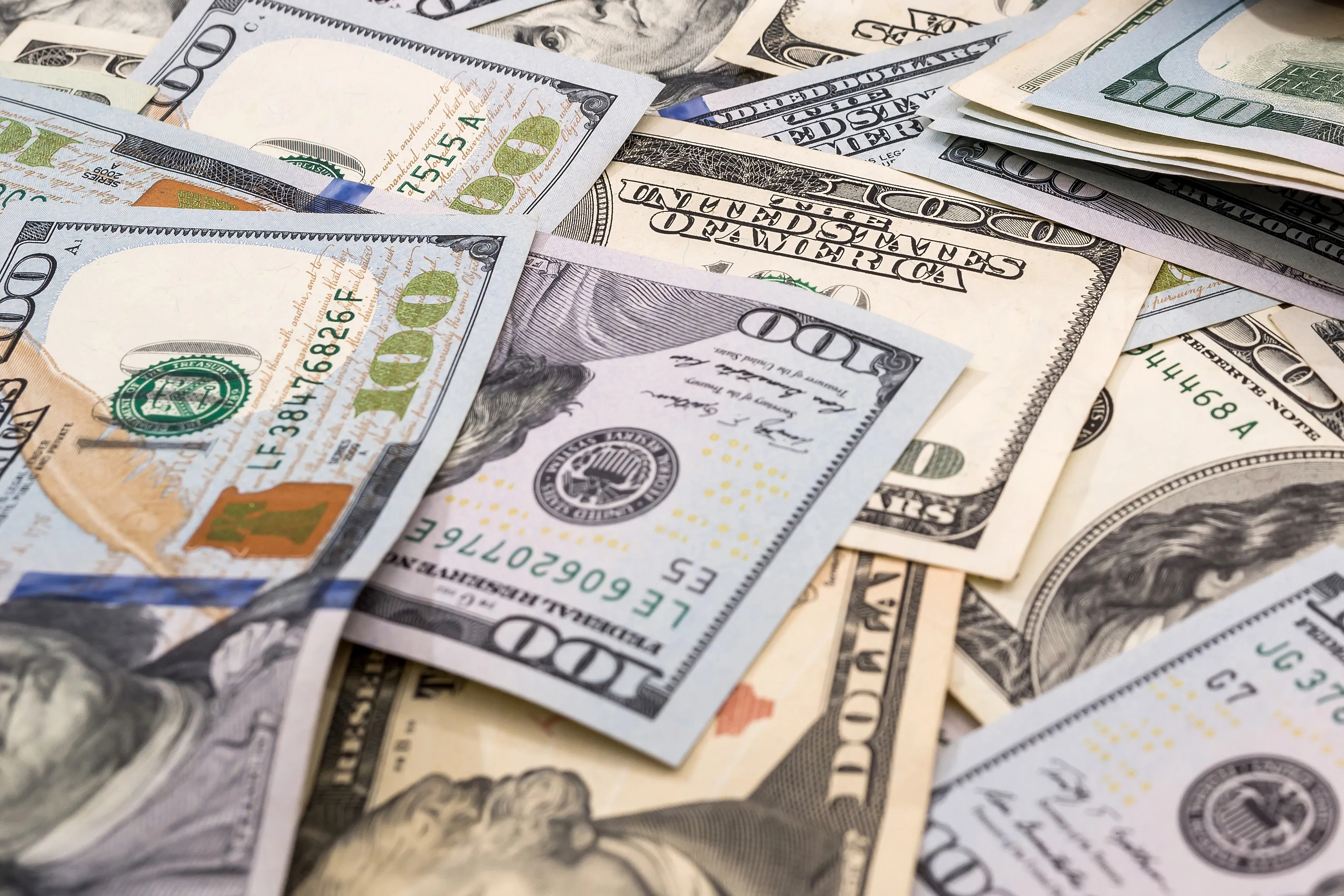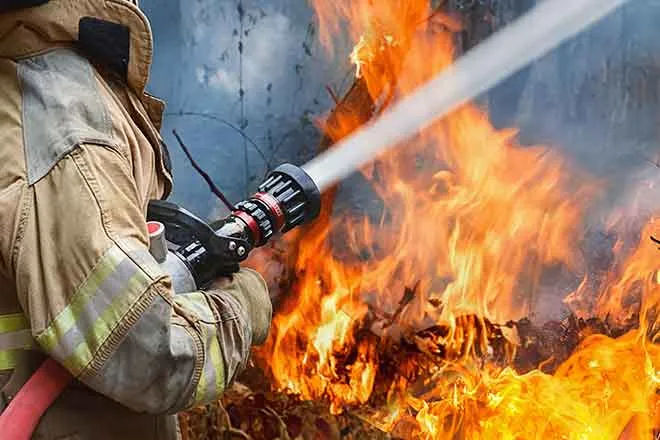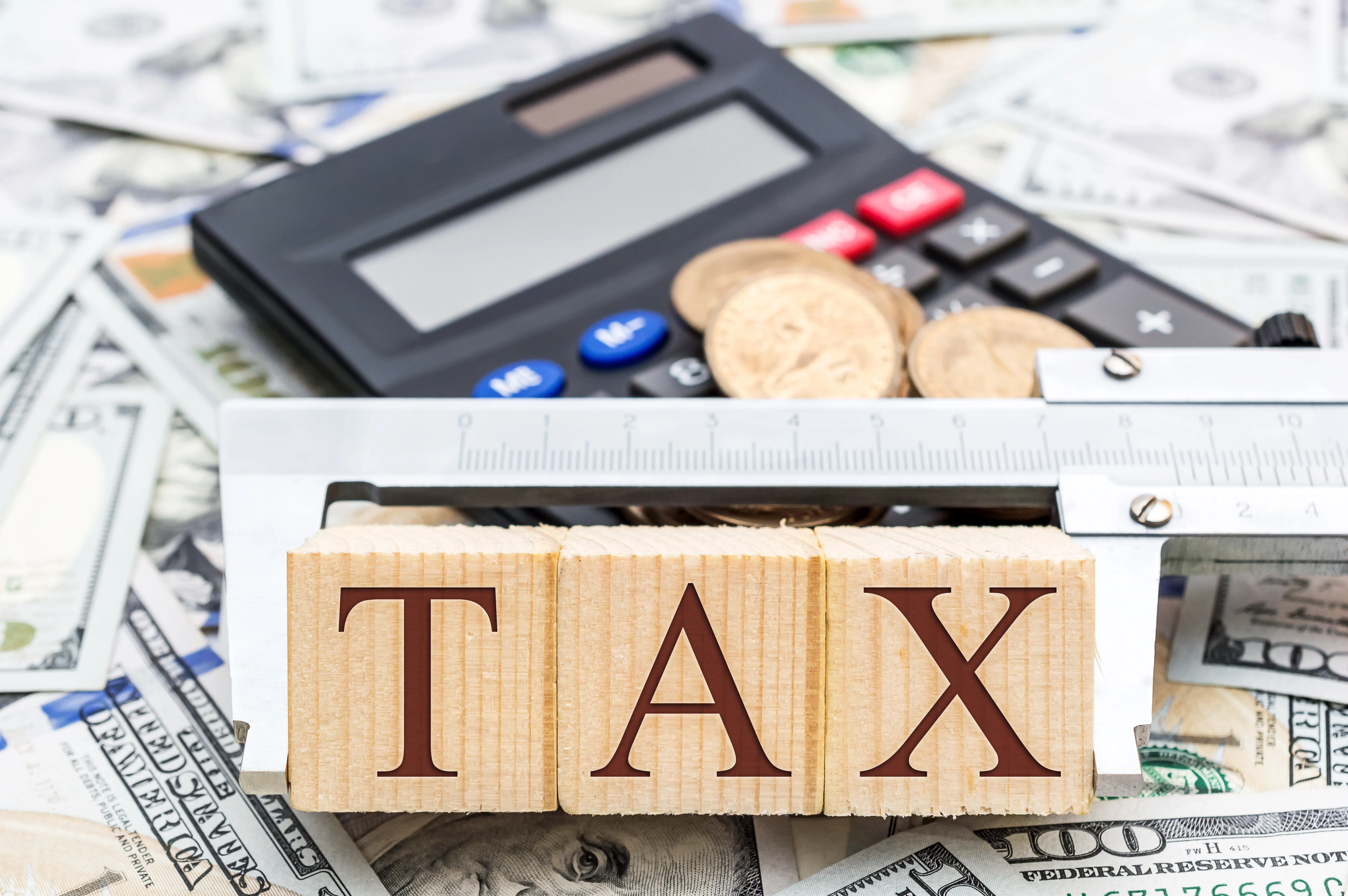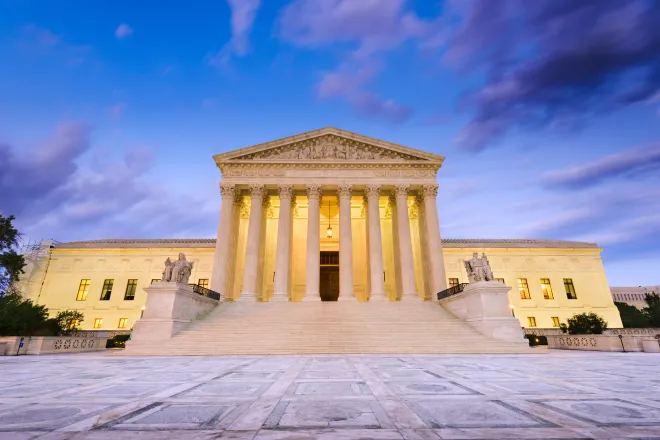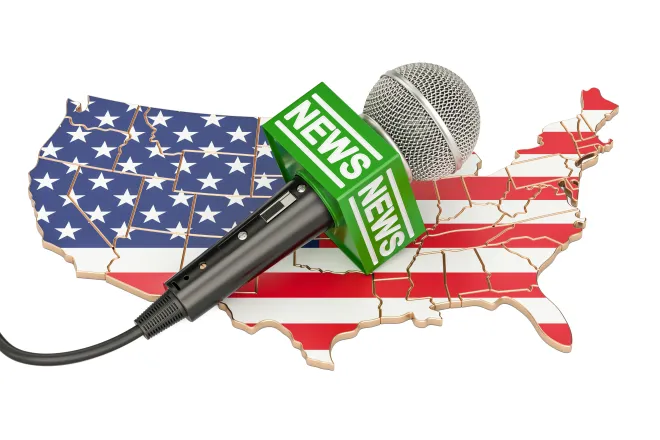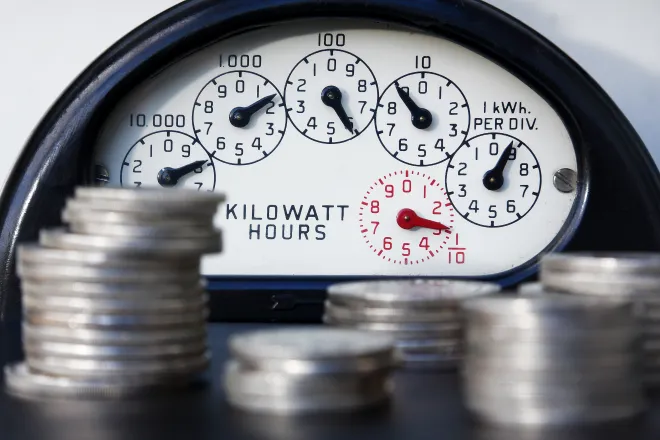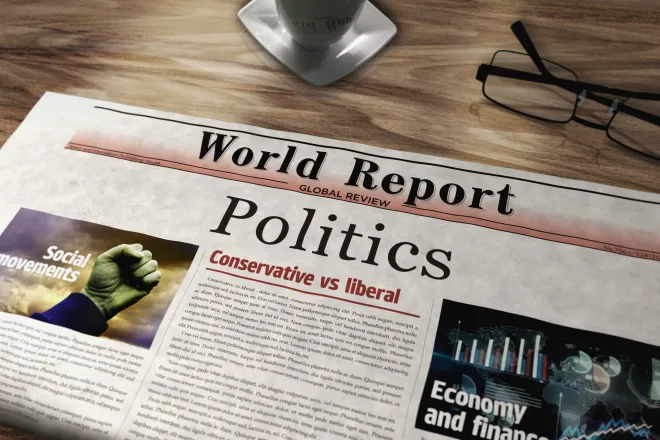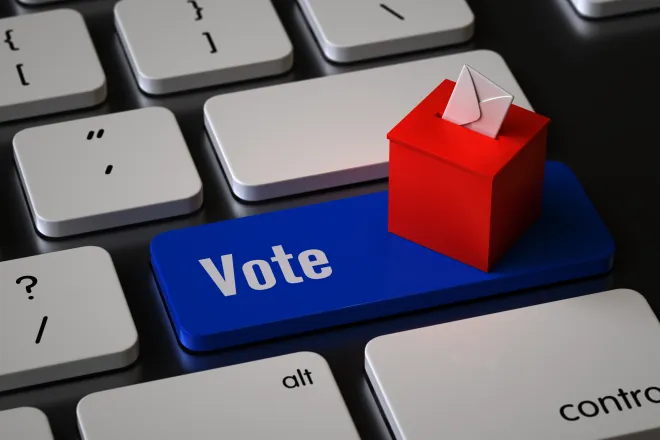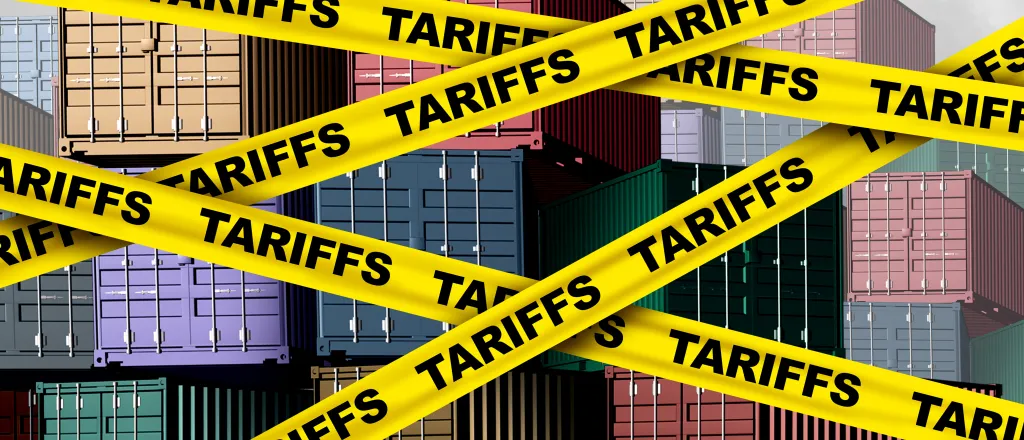
Trump pledges additional 100 percent tariffs on China by November 1
© wildpixel - iStock-2189862167
President Donald Trump threatened to add a 100 percent tariff rate on Chinese goods Friday, saying in a social media post he was responding to export controls from the world’s second-largest economy.
“China has taken an extraordinarily aggressive position on Trade in sending an extremely hostile letter to the World, stating that they were going to, effective November 1st, 2025, impose large scale Export Control on virtually every product they make, and some not even made by them,” Trump wrote on Truth Social.
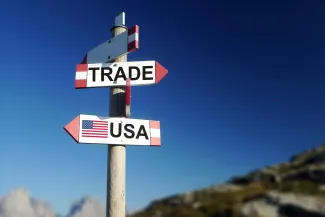
The United States would respond with the 100 percent tariff on Chinese goods, also starting Nov. 1, he said. The tariffs would be stacked onto existing tariffs his administration has imposed on the country, he said.
Trump added that he would impose his own export controls “on any and all critical software.”
“It is impossible to believe that China would have taken such an action, but they have, and the rest is History,” he wrote.
Trump left open the possibility of scrapping or adjusting the additional tariffs before November, saying in the Oval Office late Friday that “We’re gonna have to see what happens.”
“That’s why I made it Nov. 1,” he said. “We’ll see what happens.”
He told reporters he has not canceled a planned meeting with Chinese President Xi Jinping, at an international economic conference in South Korea this week, but raised some doubt that the meeting would take place.
“I don’t know that we’re going to have it,” he said. “But I’m going to be there regardless, so I would assume we might have it.”
Tariffs a main part of Trump policy
Trump has used tariffs, taxes paid by the importer of foreign goods, as the central tool of his trade policy, applying broad tariffs on U.S. allies and adversaries alike, with a particular focus on China.
The two countries imposed escalating trade barriers on one another since Trump announced wide-ranging tariffs in early April. The U.S. tariff rate for Chinese goods peaked at 145 percent before the two sides negotiated an end to the trade war.
Chinese goods still see a base tariff rate of 30 percent.
Trump invoked emergency authority to raise tariffs on China, arguing that the tariffs were a putative measure for China’s inability to control fentanyl supplies flowing into the U.S., but federal courts are still deciding the legality of that move.

